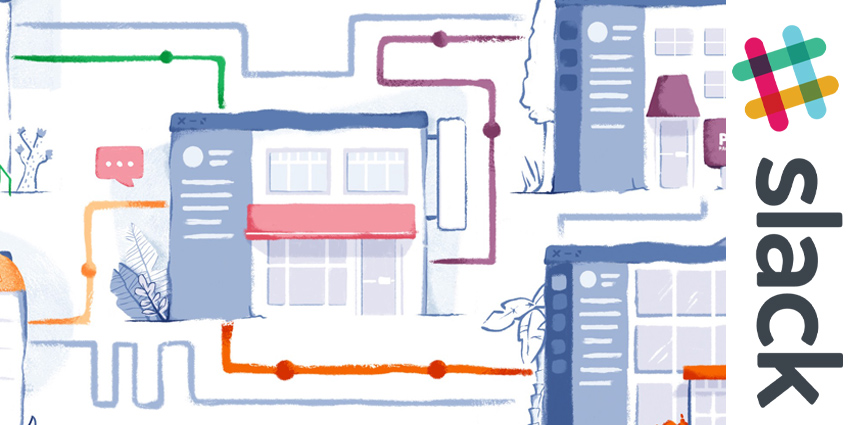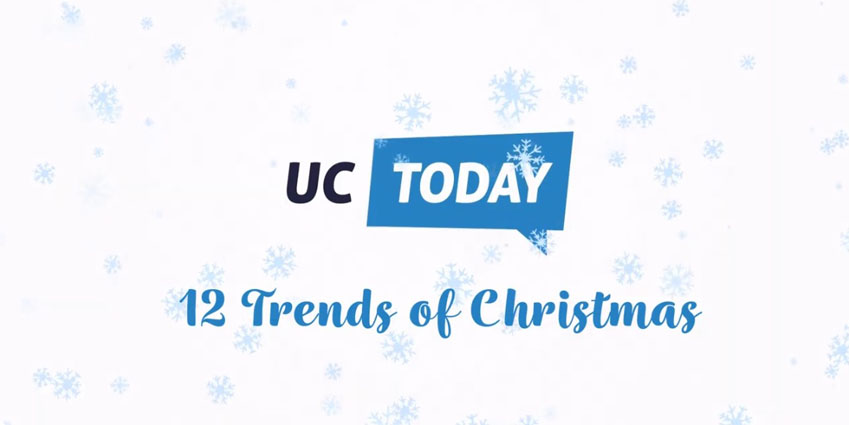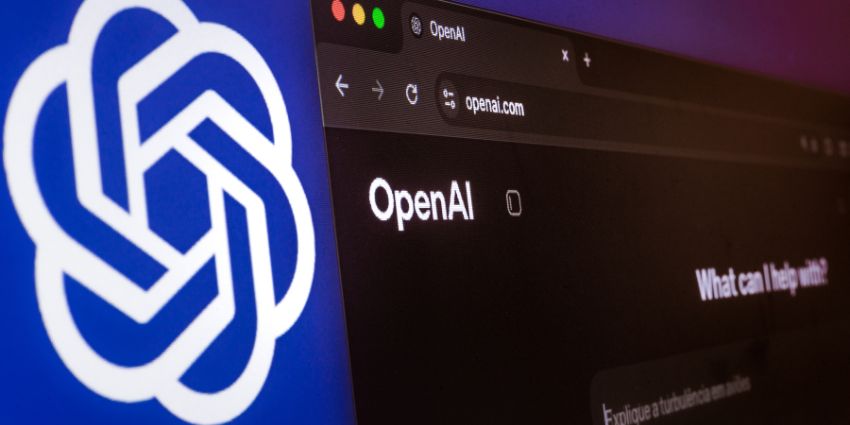A messaging app that’s gained popularity around the world, Slack has now further cemented its place among some of the most competitive unified communication solutions in the market, with a brand-new innovative update. The latest feature, “Shared Channels” will make it easier for users to collaborate with professionals from other businesses.
Stewart Butterfield, the Slack CEO, suggested that the “deceptively simple” concept would hopefully make the app more appealing than ever to their already significant customer base. “Shared Channels” will be available to Slack paid users through an open beta program, and if it’s as successful as it sounds like it could be, then it may just be the thing Slack needs to push ahead in the marketplace.
Is Shared Channels the Slack Secret Sauce?
It’s impossible to deny the fact that Slack is already an incredibly popular tool throughout the workforce. However, it also faces a significant amount of competition, from some of the biggest technology brands in the world. Google introduced Hangouts in March, and Microsoft seems to be constantly bringing new features to the Teams app. Even Facebook is competing with Workplace, though it might not be the most widely-adopted service yet.
The concept of Shared Channels is that Slack will now allow companies to interact and discuss common business online. For instance, you might set up a meeting with your advertising agency, or a contractor that deals with certain tasks on your behalf. The vice president of Slack, April Underwood, said that she believes Shared Channels might be the most important update to Slack since its launch.
If the feature proves to be a hit, then Slack could finally have its winning edge in the collaboration space. Of course, there’s a good chance that Slack’s rivals will start trying to copy the same feature for their own apps.
What to Expect from Shared Channels
Perhaps one of the most appealing features of Shared Channels is that it looks and feels exactly like the Slack experience we already know and love. Administrators from either team can create the necessary channel, and the members of the other company won’t be able to see any communications you have elsewhere. In other words, you have your own private platform for connecting with other companies.
This means that the Shared Channels feature is quite different from the Slack guest accounts that came shortly after the product’s launch. Those accounts gave temporary access to workers, whereas Shared Channels are offered to maintain the ongoing communications held by connected companies.
The Slack Channels update was officially announced as part of the brand’s Frontiers Developer Conference, where it also announced a range of important milestones that it has achieved since its launch three years ago. Today, Slack is working with 2 million paid users, earning more than double the revenue from 2016 at $200 million. If you add free users into the mix, then that’s 6 million people logging onto Slack every day.







